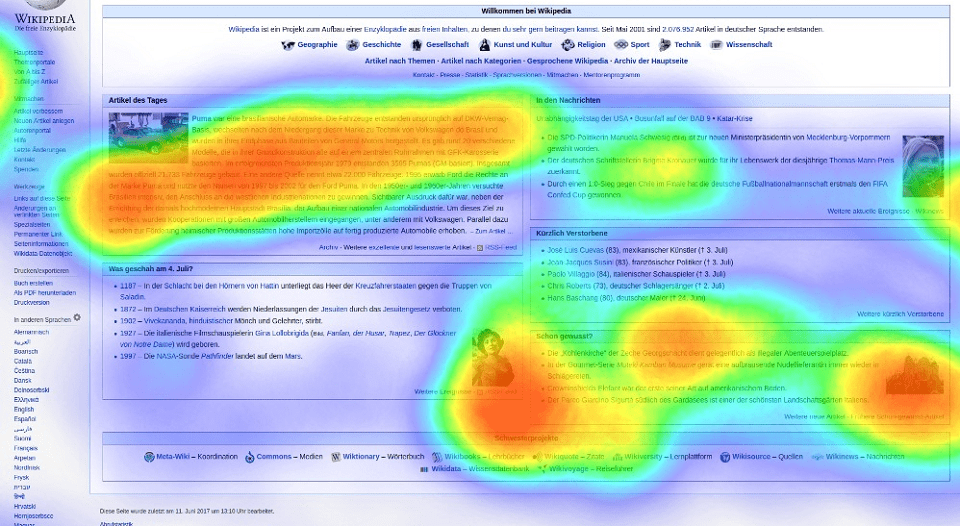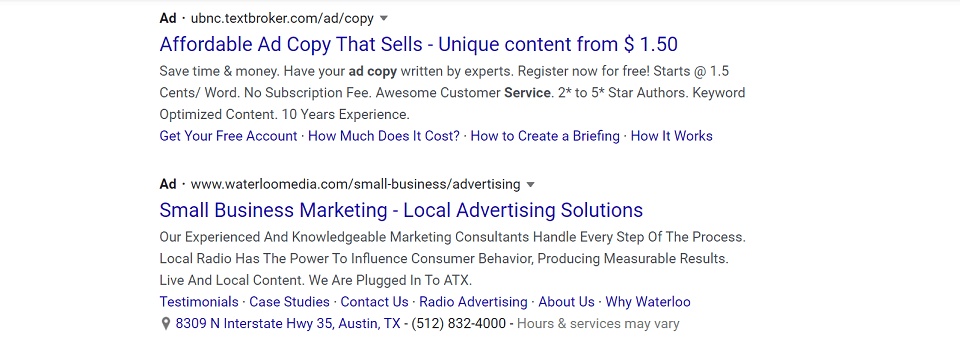Just as you track traditional marketing metrics, you’ll want to evaluate the performance of your chatbot as a lead generation tool.
The right metrics can help you gauge how well your chatbot engages visitors, qualifies leads, and ultimately drives conversions. A true conversational marketing benchmarking system.
In this post, we will explore the top five metrics that will help you measure the success of your chatbot.
With this data in hand, you’ll be able to optimize your chatbot’s effectiveness and maximize your lead generation efforts.
Engagement Rate
Your chatbot’s engagement rate reflects how actively users interact with it.
A higher engagement rate indicates that users find the conversations valuable, which you will need for effective lead generation.
It serves as a key indicator of user interest and satisfaction.
Basically, engagement rate shows you whether your chatbot is successfully capturing and maintaining prospect attention.
Definition and Importance
Engagement rate quantifies interactions between users and your chatbot, including the number of messages exchanged, responses given, and overall conversation length.
This metric helps you assess the relevance of your chatbot’s content and its effectiveness in guiding users toward conversion.
How to Measure Engagement
Engagement is all about tracking key interactions over time.
This includes metrics such as the number of conversations, average duration of chats, and response rates.
By analyzing these values, you can better understand user behavior and identify areas for improvement.
You can find engagement rates via built-in analytics tools (when available), or by integrating third-party solutions into your chatbot platform.
Focus on numbers such as:
- The number of messages exchanged per conversation
- Repeat interactions from the same users
- Percentage of users who complete desired actions
Using these numbers, you will be able to fine-tune your chatbot’s functionalities and conversational tone, enhancing user experience and maximizing lead generation potential.
Conversion Rate
Any successful lead generation strategy is dependent on your chatbot’s conversion rate.
This metric indicates the percentage of users who complete a desired action, such as signing up for a newsletter or requesting a demo.
By monitoring conversion rates, you can assess how effectively your chatbot is nurturing leads and guiding them through the sales funnel.
Understanding Conversions
To get your arms around conversions, you need to first understand what actions qualify as successful engagements for your chatbot.
Is it filling out a form? Clicking through to a link? Purchasing something in your ecommerce store?
Before you can make conversational marketing work FOR you, you’ll have to make key decisions on conversions.
If you start with the end in mind, you’ll have a great framework for assessing whether or not your chatbot is delivering the types of leads you want and need.
What to Do With Conversion Data
By examining which interactions lead to higher conversion rates, you can identify strengths and weaknesses in your lead generation strategy.
This data can help you make informed decisions on how to enhance your chatbot’s functionality.
It can also guide how to optimize messaging to better resonate with your audience.
One of the key metrics you will need is where in the engagement process you lose their interest. Is there a specific spot where you tend to lose them?
Figure that out, and you can optimize the overall flow, replace unsuccessful CTAs, and get your numbers back on track.
Lead Qualification Score
Some marketers overlook the importance of assessing lead quality.
Don’t be one of those people. A robust Lead Qualification Score can help you streamline your sales process.
Start by establishing a score that evaluates the potential of your leads.
Then, you can focus your efforts on those most likely to convert, improving efficiency and increasing revenue.
What is Lead Qualification?
Lead qualification is the process of evaluating a lead’s potential value by assessing them against specific criteria.
This process helps identify whether a lead is worth pursuing, so you can focus on high-quality prospects that align with your ideal customer profile.
Methods to Calculate Qualification Scores
First, you’ll need to identify key criteria that reflect your target audience’s characteristics.
This may include demographic factors, engagement levels, or specific behavioral indicators.
Once you’ve identified these metrics, you can assign points to each criterion and total the score to determine lead quality.
It’s not necessarily just about the numbers. Some marketers use a blend of qualitative and quantitative measures.
With your ideal customer in mind, determine which characteristics are of highest important.
Then assign values to those traits to help weave them into the model.
You may also want to try incorporating scoring models such as BANT (Budget, Authority, Need, Timing) or CHAMP (Challenges, Authority, Money, Prioritization) to further refine your assessment.
If you have a methodical way to score leads, you’ll find that you are better able to grow your business over time.
If you want to see a real example of how to use this approach, check out this lead qualification scorecard from ACG Analytics Group.
Customer Satisfaction (CSAT)
Customer Satisfaction (CSAT) is a metric to help you understand how well your chatbot is performing in lead generation.
A higher CSAT indicates that users find your chatbot engaging and helpful, reflecting positively on your brand.
This metric can not only show you what your chatbot is doing right. It can also help you find areas needing your attention for improvement.
Measuring User Satisfaction
You can measure CSAT through surveys or feedback collected after user interactions.
By asking users to rate their experience, you will gain valuable insight into how effectively your chatbot does or does not meet their needs.
Using Feedback for Improvement
When you’re able to get honest feedback, you should jump at the chance. This data is like gold for marketing purposes!
Not only will it help you dial in your chatbot’s workflow, but it will also build trust with your target audience. A true win win.
And if you consistently iterate based on user suggestions, you’ll position your chatbot as a valuable asset in your marketing toolkit.
Response Time
The speed at which your chatbot responds can significantly impact user satisfaction, engagement, and overall lead generation success.
By keeping an eye on this metric, you can ensure that your chatbot is performing efficiently and meeting user expectations.
Importance of Timely Responses
Today’s customer wants answers, and they want it fast.
If you can move closer to real-time interactions, you can gain an advantage over your competitors who aren’t there yet.
And we’ve seen in countless studies that response time from sales can make or break a deal.
I can’t stress enough how important it is to reply as fast as possible. It’s the best way to strike while the iron is hot, as they say.
Tools for Monitoring Response Times
Several analytics platforms exist that can help you monitor response times in real-time.
These tools enable you to analyze patterns and identify bottlenecks.
Platforms like Google Analytics, Chatbot Analytics, or custom dashboards can also provide insights into the average response times.
With these tools, you can set benchmarks and get alerts if your chatbot’s response time exceeds acceptable limits.
Conclusion
If you plan to adopt conversational marketing and chatbots, you’ll want to go in with an idea of how to measure and optimize it.
These five key metrics, engagement rates, conversion rates, customer satisfaction scores, response time, and retention rates, can help you succeed quicker and more efficiently.
Use them to benchmark success AND to prioritize ongoing tweaks and improvements.
Before you know it, you’ll be driving more leads and revenues. And honestly, that’s the main point of the game, isn’t it?
So get started today. If you need help deploying your own chatbot, contact us today to discuss how we might assist you.
Tommy Landry
Latest posts by Tommy Landry (see all)
- B2B SEO in 2025: Winning Visibility in AI-Curated Buyer Journeys - December 16, 2025
- Local SEO Meets AEO and GEO: How AI Platforms Read Local Authority Signals - December 9, 2025
- What Is an SEO Proposal and What Should It Include? - December 2, 2025





